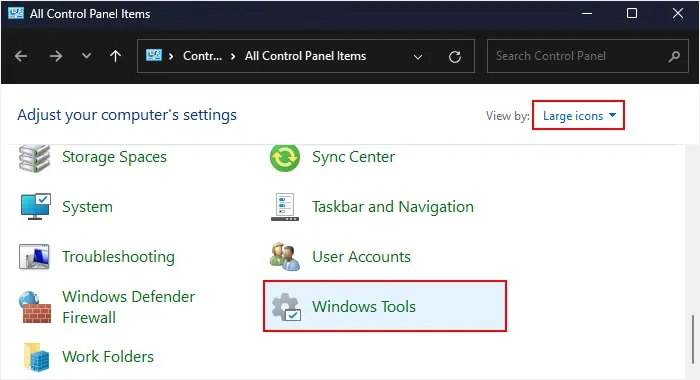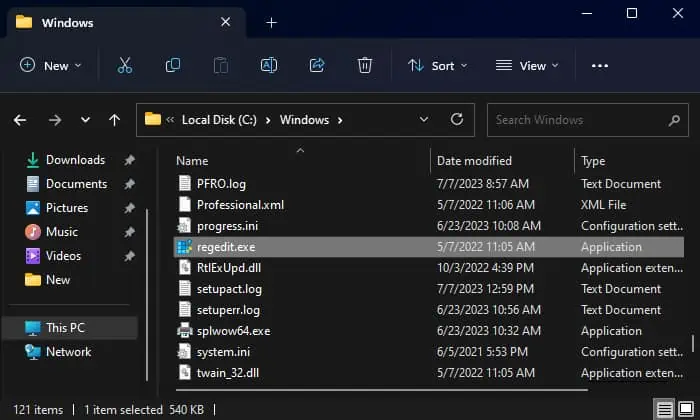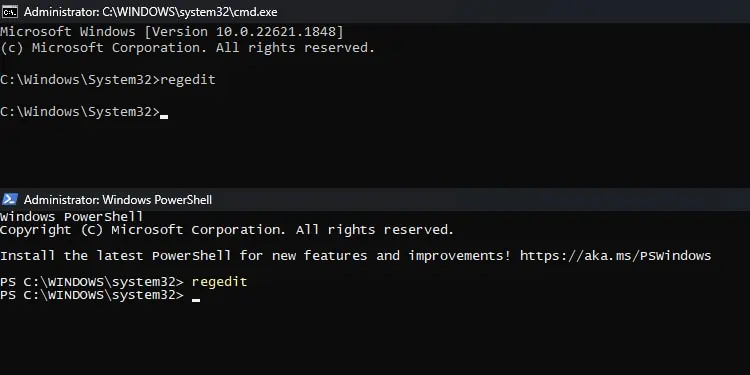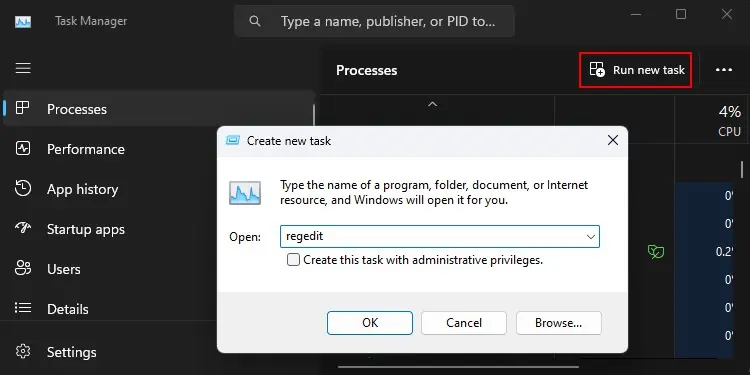The Windows Registry is basically a database structure that manages different settings and configurations on Windows. Your system stores all of the settings as individual registry entries inside the corresponding registry paths.
Whenever the system needs to check the current configuration of any process or activity, it will search for the corresponding registry entry and act accordingly.
The registry entries are stored in encrypted hives to prevent any random process from making any changes to it. So, Windows comes with a dedicated program, the Registry Editor, to make it able to access and modify these entries.
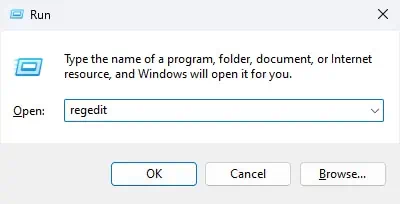
I will cover all the different ways to open this program. you may use any of these methods according to your preference.
The easiest way of opening the Registry Editor is through the Run dialog box. Here’re the steps.
Using Search Bar or Start Menu
you may also search for the Registry Editor on thesearch barand then open it. The search bar also gives the option to pin the app so that you can easily find it next time.
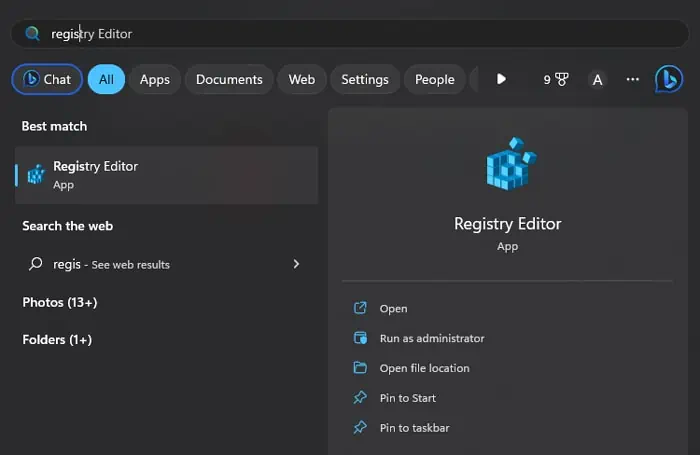
If you need to access the Registry Editor a lot, you may also select Pin to start menu or taskbar to pin the program to these locations. Then, you will be able to open them with a click whenever you want.
Windows uses a lot of inner linking to bunch together apps under various categories so that users can access them even away from their source location. One such example is the Windows Tools app through which you may access many administrative tools on your system, including the Registry Editor.
you may access the Windows Tools in many ways, but I will only provide the easiest methods, i.e., using the Start menu and the Control Panel.
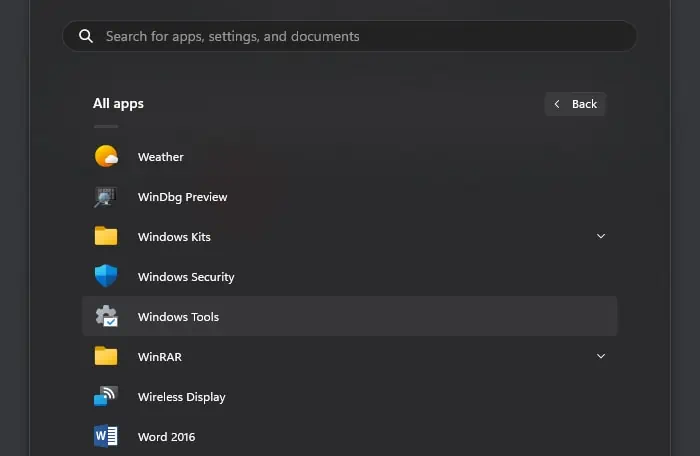
Another possible way to access the Registry Editor is to go to its actual location on your storage device through theFile Exploreand then open it.
Through Other Command-line Interfaces
you may also utilize the regedit command on othercommand-line interfacesinstead of Run to access the Registry Editor. For instance, you can openCommand PromptorPowerShell, then typeregeditand press Enter to run this program.
Other than that you may also, access the Task Manager (Ctrl + Shift + Esc), go to Run new task orFile>Run new taskand use this command on the Create new task window.
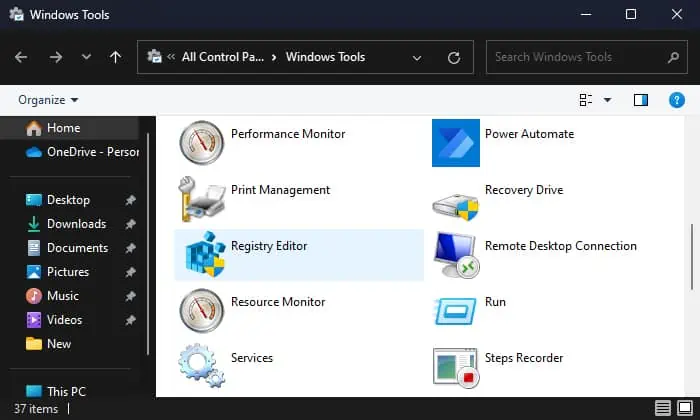
It is also possible to access the Registry Editor by enteringregeditin the address bar of your File Explorer.
